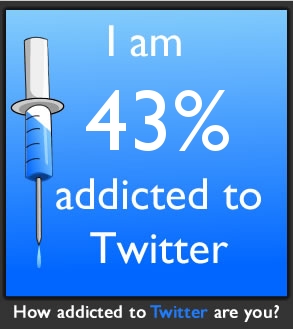Hare rant 3/13/09
The daylight hours are lengthening, the temperature in Minnesota is warming ever so slightly and we're beginning to see patches of hopeful green grass amid puddles of melted snow, but how do we really know spring is around the corner? We know because boxes filled with testing materials have been arriving and I have been busy installing the testing software on every student computer in my school. In the coming weeks all schools in the state will begin the high stakes tests that will determine whether they have achieved "adequate yearly progress" (AYP) or not.
New York Time columnist
DAVID BROOKS op ed piece on March 12, 2009
'No Picnic for Me Either’ had much to say about President Obama's goals for education and I hope he's wrong in his thinking about Obama's plan because I know his perception about testing is wrong. This passage in particular highlight the problem with his position that testing students is going to tell us which teachers are good teachers and which schools are good schools. He says,
"Thanks in part to No Child Left Behind, we’re a lot better at measuring each student’s progress. Today, tests can tell you which students are on track and which aren’t. They can tell you which teachers are bringing their students’ achievement up by two grades in a single year and which are bringing their students’ levels up by only half a grade. They can tell you which education schools produce good teachers and which do not."
As my Twitter friend
Ira Socol said this morning, "David Brooks has no idea of what 'measuring student progress' means. That's the problem." Unfortunately, Mr. Brooks and too many others believe test scores measure student progress. It is true that with technology we have access to more sophisticated tests. Our district uses the NWEA Measures of Academic Progress (MAP) tests, which actually do offer useful data in specific strands and concepts in literacy, math, language and science. Teachers can use the data immediately to address areas where each student needs more instruction and practice. These tests track individual student learning achievement and academic growth over time and are aligned to the stated standards. Basically then they are a tool to tell teachers what they still need to teach before the state standardized tests, a tool we use to try to get good enough scores to keep us off the "list" of schools not making AYP.
But what do the scores mean? The companies who produce the tests, the districts that purchase them and David Brooks et al would have us believe the scores tell us how much our students have learned relative to the national norm, and subsequently, how well they have been taught. If we believe this, we've allowed ourselves to be duped, for in reality, what is taught in school is only one of many factors contributing to test scores. The students' intellectual abilities and their out-of-school learning are among others. Because not all students come to the classroom with similar aptitudes for quantitative and verbal tasks or from the same cultural framework, these two factors fail as controls. Therefore, using test scores to measure the quality of in-school instruction is illogical and unscientific.
As for what is taught in schools, here also, standardized tests miss the mark. By their very nature, the test questions are designed so that only about half of the students will answer them correctly! This means developers avoid the items answered correctly by too many or by too few students. In this way, the tests produce a broad range of scores based on "middle difficulty" items. Because score variance is important to test interpreters, questions on which students perform well are destined to exclusion. Consequently, we can deduce the questions not making it to the test are not necessarily aligned with a school's curricula. It is no wonder educators are tempted to teach to the test.
When I began working at my school ten years ago it was a multi-age instructional environment where kids of all ages learned together in flexible groups in project based learning classes and literacy circles. When test time came we had a "Celebrate Learning Pepfest" and reminded everyone to get a good night's sleep the nights before. Not so in today's world. In recent years, because of the state's increased testing requirements and a MAP testing session every quarter, barely a month goes by when we're not testing or practicing for testing.
No, testing does not measure or encourage good teaching. In his book
Standardized Minds, Peter Sacks asserts, "Standardized tests reward passive, superficial learning, drive instruction in undesirable directions, and thwart meaningful educational reform." Instead of encouraging good teaching, he says, preparing students to do well on tests requires teachers to teach badly. Conversely, he concludes, "to teach in a way that helps students understand ( and become enthusiastic about) ideas may actually lower scores."
And so Mr. Brooks, I can agree that schools must do their jobs and be held accountable for teaching our nation's youth. I agree that teachers who are good educators should be rewarded with the respect and compensation they have long deserved, but you are wrong when you say that this means testing. Testing measures only a fraction of the life skills we teach in our schools.








